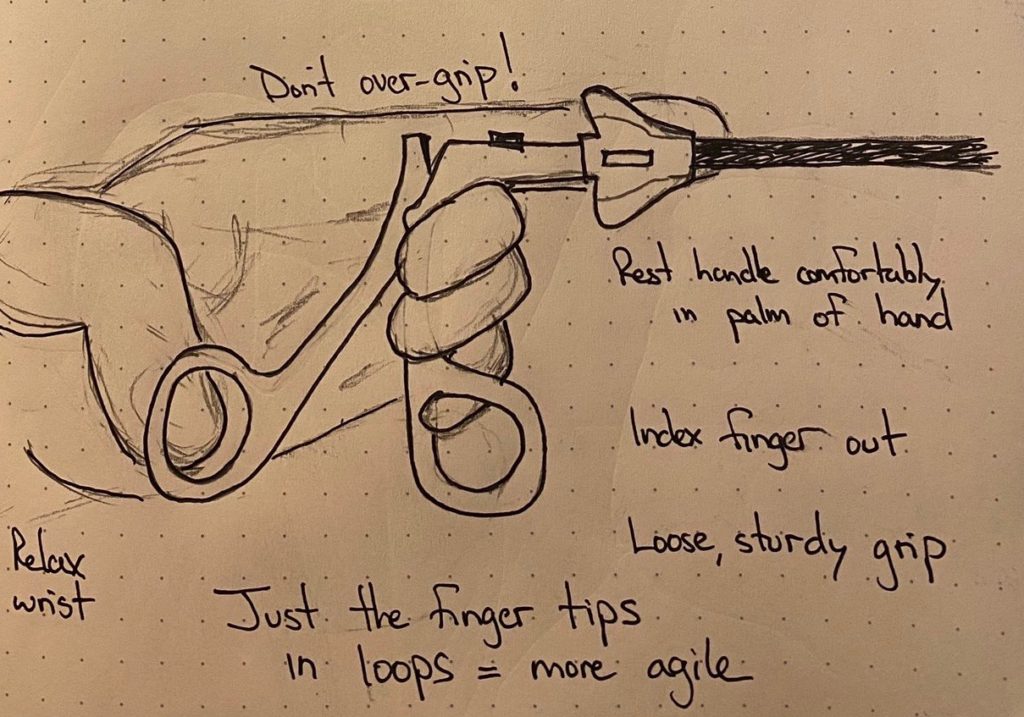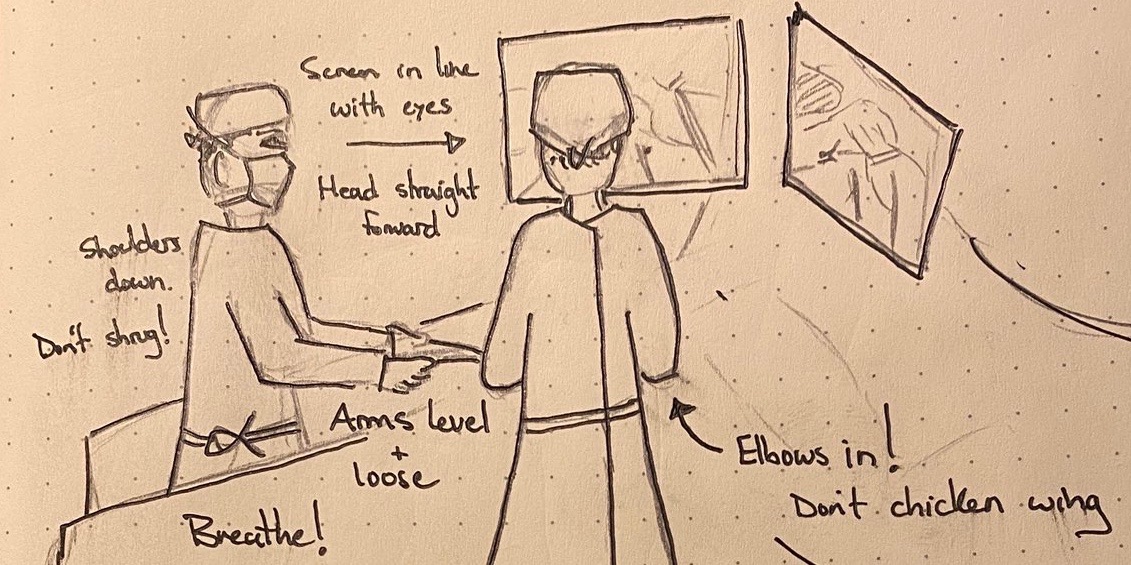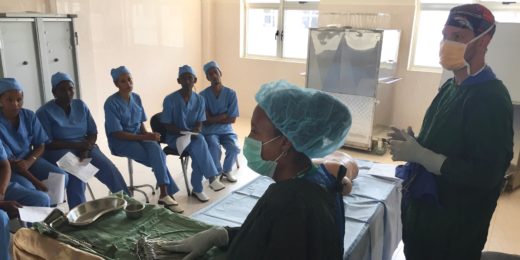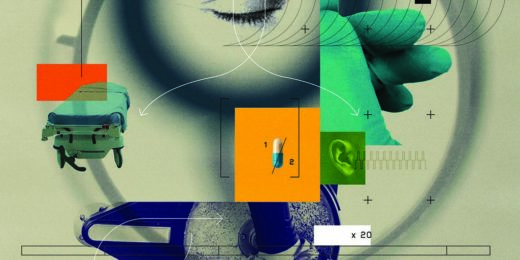Graeme Rosenberg, MD, isn't a medical illustrator, and he has never taken a drawing class in his life. Yet, there is something about the act of sketching that helps him to practice proper surgical technique -- and his illustrations, shared in classes he teaches and on social media, are resonating with fellow surgeons.
"There are so many little things we are coached on in the OR that never make it in the books," Rosenberg, a chief resident in Stanford Medicine's division of general surgery, told me. "I've kept notes on these tips and tricks, but a bullet point never does it for me. I found that figuring out how to design an illustration helped me boil down the details into a learnable thing."
Learning through drawing
Drawing has been linked to learning and brain function since 1979 when Betty Edwards, PhD published her text Drawing on the Right Side of the Brain. Her central thesis paralleled that of Walter Burke Barbe, PhD, who theorized that each person learns best through seeing, hearing, or doing.
Drawing uses both the visual and kinesthetic channels while activating the non-verbal, right brain hemisphere. "Learning perception through drawing seems to change this process and to allow a different, more direct kind of seeing," wrote Edwards. "The brain's editing is somehow put on hold, thereby permitting one to see more fully and perhaps more realistically."

As a child, Rosenberg would doodle landscapes and animals all over his notebooks. In high school, he realized his sketches could help him study.
"I started drawing anatomy during a class in high school where we did dissections. I guess that's where I learned that I remembered anatomy best if I drew it myself," Rosenberg told me. "I'm a very visual learner."
Rosenberg continued drawing in medical school. He used old textbooks from his father and grandfather (both general surgeons) in combination with Frank Netter's Atlas of Human Anatomy to make his own versions of surgical anatomy diagrams.
As he progressed through medical and surgical training, Rosenberg's illustrations also evolved.
Visualizing successful surgeries
These days, Rosenberg uses the drawing process as part of his case prep. A former competitive skier, he likens it to envisioning a perfect race before reaching the starting gate.
"My ski coach would have us close our eyes and visualize the course in detail," he told me. "Now, I do the same thing with cases I'm trying to learn; I put those mental visualizations into drawings, which helps me to solidify it in my mind."
What's more, just as small adjustments can help athletes improve their performance, a focus on surgery ergonomics through drawings can aid surgeons, Rosenberg said.
"As I gain more experience, I am more aware that ergonomics and proper handling of instruments and tissues sets you up for a successful operation," he told me. "Even more importantly, awareness of your body and what it's doing/how it's feeling makes a huge difference in performance enhancement."
Surgical coaching through art
In recent years, the concept of surgical coaching -- particularly through video-based instruction -- has gained popularity.
When teaching junior residents and medical students, Rosenberg favors 'chalk talks' over PowerPoints.
"Graeme often uses drawings when doing informal teaching with his team, and as the saying goes, 'a picture is worth a thousand words.' It really helps illustrate the key learning points," said Charlotte Rajasingh, MD, a general surgery resident. "I've definitely learned the value of drawing things out, though I can't say that my drawings look nearly as neat as his!"
Sharing his drawings on social media also has allowed Rosenberg to teach beyond the Stanford community.
"I felt like others could benefit from the things I've had a chance to learn from my attendings -- and illustrations are an effective way to pass along a lot in just a single tweet," he said.
He shared his first set of drawings -- four diagrams of laparoscopic intracorporeal suturing or tying stitches inside the human body while performing a minimally-invasive procedure -- the first week of September and was surprised by their popularity. His sketches seemed to travel much further than his modest following. His latest post on ergonomics in the operating room also drew praise.
"Great points and I enjoy your pictures," commented Elliott Servais, MD, a Massachusetts-based thoracic surgeon.
Rosenberg was pleased by the response: "Now I feel pressure to keep'em coming!" he told me.
However, Rosenberg doesn't have any plans for publishing his drawings or any sort of formal book. For now, he's happy learning new art techniques at home -- like fingerpainting with his 2-year-old son.
Photos courtesy of Graeme Rosenberg






